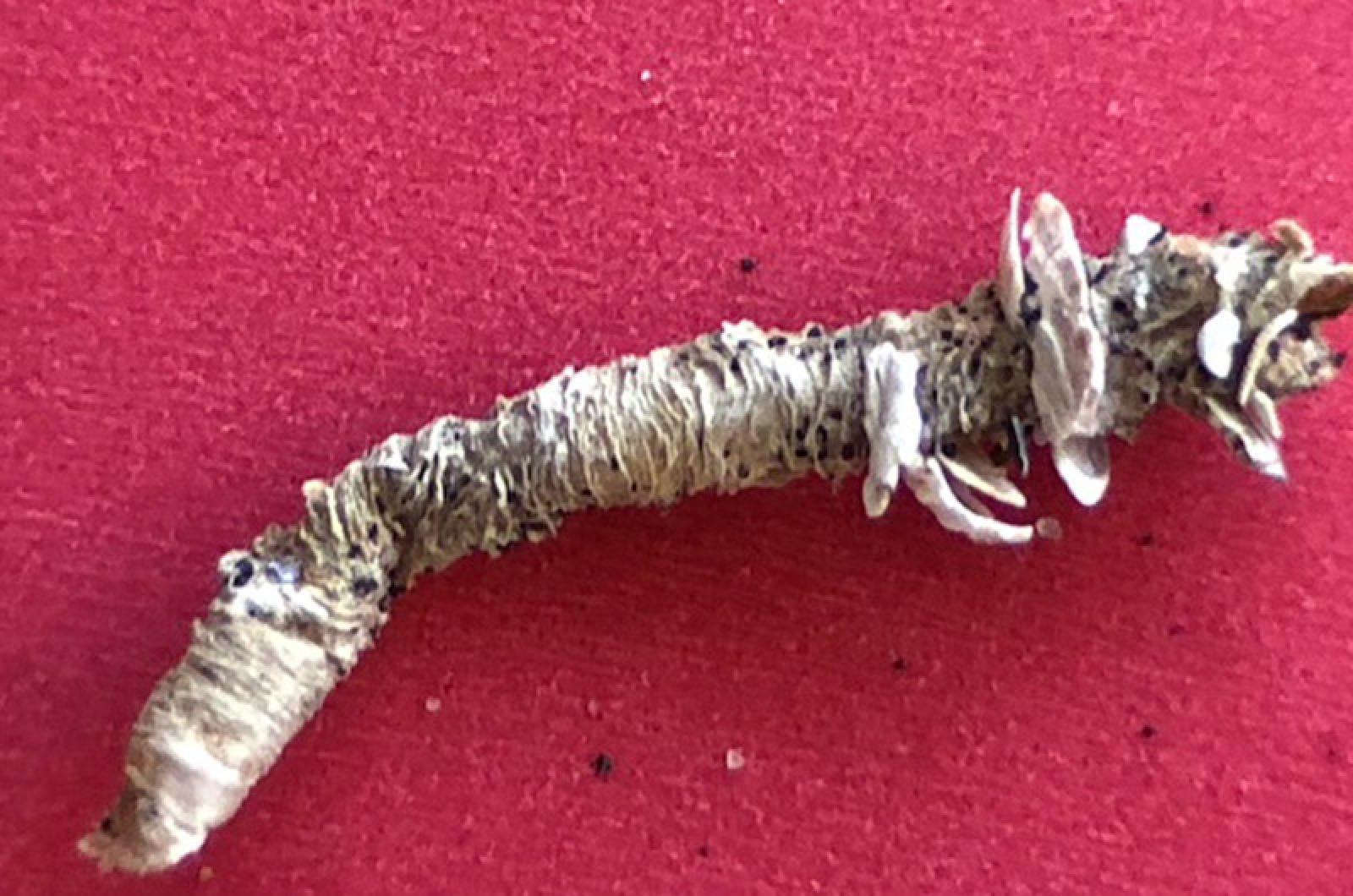Cartoonist Charles M. Schulz gave this sardonic advice: “Decorate your home. It gives the illusion that your life is more interesting than it really is.”
Schulz must not have been familiar with the plume worm, an animal whose decorated home and life are both quite remarkable. The worm’s domicile serves many functions, and is a fascinating fixture in the intertidal zone.
Plume worms, also called decorator worms and ornate worms, are iridescent multi-colored marine dwellers that are not often seen. However, their embellished homes more than make up for their elusiveness.
The residence of the plume worm is a parchment-like tube created with mucous, proteins and collected marine materials. Though the worm can be up to a foot long, its tube goes down as much as three feet below the sediment and sticks out into the water in an upside-down J-shape.
The worms produce a glue-like compound that allows materials such as shells, seaweeds, algae and other floating flora and fauna to get attached to the top part of the tube, while the section below the sediments is smooth. The worm can emerge from the tube, grab these materials and stick them onto its tube.
Designer Charles Eames observed that “Recognizing the need is the primary condition for design.”
The decorator worm illustrates this adage. The tube provides safety and security, extending like a hood to hide the worm from its predators. The chimney-like tube is larger than the worm, and the worm will spin around in it, creating air and water flow to increase oxygen content.
It is the decorated section whose function really intrigues. The omnivorous worm is a scavenger and a predator and can bite if handled. The worm can emerge from its tube and actively grab, kill and eat food, but it can also stay in its protected pod and munch on the materials attached to its tube. A greedy eater, the worm will also reach out to another plume worm neighbor and eat from their tube. Thus, the worm is a stay-at-home diner, will go out for takeout and has even been known to dine and dash.
Though most of us won’t see plume worms in their watery environs, we do have an opportunity for observation when their tubes break and wash up on the beach. Susan Straight of Chilmark found a bunch of these empty cylinders on the beach at Squibnocket. Putting them under a microscope, Susan observed wampum and tiny bivalves, among other debris, attached to the tube.
It seems that the tubes act as a micro reef and can contain gastropods, copepods, polychaetes, amphipods, nematodes, mussel and barnacle larvae, and other tasty treats. Truly a smorgasbord.
Every tube is a unique work of art and cornucopia of delicacies. It seems these worms have taken to heart the advice of another designer and artist, William Morris, who insisted: “Have nothing in your home that you don’t know to be useful or believe to be beautiful.”
Suzan Bellincampi is director of the Felix Neck Wildlife Sanctuary in Edgartown, and author of Martha’s Vineyard: A Field Guide to Island Nature and The Nature of Martha’s Vineyard.







Comments
Comment policy »